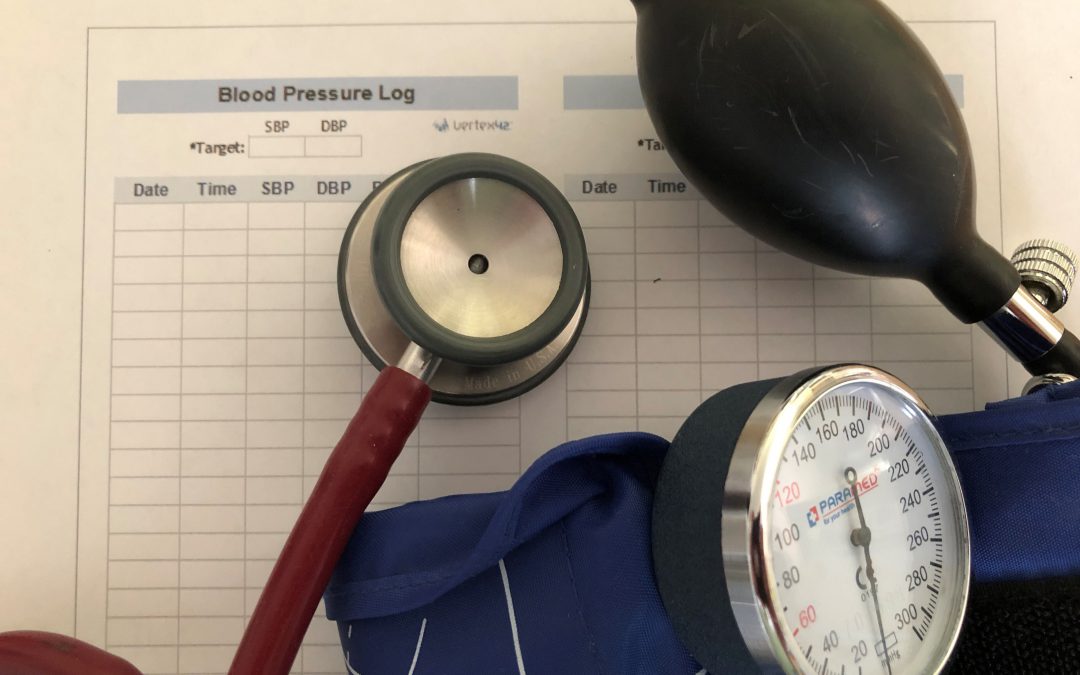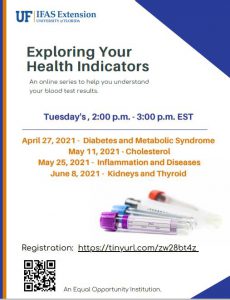
by Amy Mullins | Nov 24, 2021
The holiday season is finally upon us. It’s a time for enjoying family, friends, and food!
You can make healthy habits this holiday season. It’s not only a single meal but rather an entire season of parties, events, gatherings festivities, and unhealthy choices that add up to that holiday weight gain we resolve to lose when January rolls around. As the holiday season begins its rapid approach, take time and consider those eating habits that set your new year off on the wrong foot. Why not make a resolution now to eat healthier this holiday season?
Just a few simple strategies can help make the difference and keep those unwanted pounds away. Here are some suggestions:
- Don’t skip meals. Eating healthy on a regular basis will keep you from overindulging at holiday gatherings.
- Use smaller plates for meals and gatherings and be mindful of portions
- Choose more vegetables and smaller helpings of entrees and desserts
- Drink more water and minimize alcoholic drinks and eggnog
- Make healthier recipe ingredient substitutions when cooking and baking
Take a mindful approach to keeping your personal health goals in-check. We can all still experience the joy of the holiday season, without making food the focus. Make a resolution to be mindful and eat healthier this holiday season, and your waistline will thank you!
 Learn more about making healthy habits this holiday season!
Learn more about making healthy habits this holiday season!
— Tips for Making Healthy Choices
— Simple Substitutions
— Diabetes During the Holidays
— How to Add Fruits and Veggies
— Cranberry Nutrition
— Cranberry Sauce Recipe
— Holiday Food Safety Tips
Click here to read the newsletter.

by Marie Arick | Apr 20, 2021
 According to the American Diabetes Association, “the national cost of diabetes in the U.S. in 2017 was more than $327 billion, up from $245 billion in 2012.” Additionally, the National Institutes of Health (NIH) estimates 7.3 million adults ages 18 and up are undiagnosed diabetics.
According to the American Diabetes Association, “the national cost of diabetes in the U.S. in 2017 was more than $327 billion, up from $245 billion in 2012.” Additionally, the National Institutes of Health (NIH) estimates 7.3 million adults ages 18 and up are undiagnosed diabetics.
Metabolic syndrome is a group of medical conditions that include high triglycerides (a fat in the blood stream), low HDL cholesterol (high density lipoprotein) also known as good cholesterol, high blood pressure, high blood sugar, and abdominal obesity defined as a waist circumference of 35 inches of more for women and 40 inches or more for men. A person with three or more of these conditions constitutes metabolic syndrome and increases one’s chances for developing cardiovascular disease.
By being proactive with one’s health and knowing your numbers, one can better maintain a higher quality of life. Managing just one of the above in a healthy manner can aid greatly with improving one’s overall health.
Join us for the upcoming Exploring Your Health Indicators Webinar Series to gain knowledge of your blood test results. April 27 will cover diabetes and metabolic syndrome; May 11 will explore cholesterol; May 25 dives into inflammation and diseases; and June 8 will wrap up the series with kidney and thyroid. Register once for all the sessions and if you miss a session, a recording of the program will be emailed to you. Invest an hour to gain knowledge that can greatly benefit your health.

by sbouie | Nov 16, 2016

Photo credit: www.thailandblog.nl
Maybe you know someone in your family, a friend, or a co-worker that has diabetes. Diabetes affects not only the person but the entire family. This article will discuss the types of diabetes and symptoms. Education concerning diabetes begins at home. Once we are educated, we can teach our family and the younger generation.
Type 1 diabetes is usually diagnosed in children and young adults and was previously known as juvenile diabetes. Only 5% of people with diabetes have this form of the disease. In type 1 diabetes, the body does not produce insulin. The body breaks down the sugars and starches you eat into a simple sugar called glucose, which it uses for energy. Insulin is a hormone that the body needs to get glucose from the bloodstream into the cells of the body.
Type 2 diabetes is the most common form of diabetes. If you have type 2 diabetes, your body does not use insulin properly. This is called insulin resistance. At first, your pancreas makes extra insulin to make up for it. But, over time, it isn’t able to keep up and can’t make enough insulin to keep your blood glucose at normal levels.
Gestational Diabetes – During pregnancy, usually around the 24th week, many women develop gestational diabetes. A diagnosis of gestational diabetes doesn’t mean that you had diabetes before you conceived or that you will have diabetes after giving birth. However, women who’ve had gestational diabetes have a 35 to 60 percent chance of developing type 2 diabetes in the next 10 to 20 years after giving birth.
Some common symptoms of diabetes include urinating often; feeling very thirsty; feeling very hungry – even though you are eating; extreme fatigue; blurry vision; cuts/bruises that are slow to heal; weight loss – even though you are eating more (type 1); tingling; pain; or numbness in the hands/feet (type 2).
Food selection is a key element of living with diabetes. It is easy to find diabetes cookbooks and recipes online to assist in adjusting your diet. It is easy to find a list of starchy vegetables to avoid as well as other foods that should be eliminated from one’s diet.
Exercise also is a very important factor when living with diabetes. A good exercise program along with a proper diet will help decrease your risk of diabetes.
Source: American Diabetes Association
by Marjorie Moore | Nov 22, 2014
 Eat, drink, be happy and be healthy this holiday season. My favorite holidays are just around the corner. It is an exciting time to be with family and friends. There is usually lots of food that may come with lots of calories and carbohydrates. Are you wondering how to survive this holiday season without adding more calories and carbohydrates to your diet?
Eat, drink, be happy and be healthy this holiday season. My favorite holidays are just around the corner. It is an exciting time to be with family and friends. There is usually lots of food that may come with lots of calories and carbohydrates. Are you wondering how to survive this holiday season without adding more calories and carbohydrates to your diet?
The first thing to keep in mind is to plan your meals to help keep your diabetes management on track. Persons with diabetes should space out their carbohydrate intake throughout the day. Fruits, starchy vegetables, dairy foods, and grain foods all contain carbohydrates. Eating the right amount of carbohydrates throughout the day will help you control your blood glucose levels. The Idaho Plate method of meal planning is one of many tools to help control carbohydrates while recommending at least one-half your plate consist of vegetables. More information on the Idaho Plate can be found at http://edis.ifas.ufl.edu/fy334 .
If you going to a party or eating at a friend or relative’s home and the meal time is around your normal dinner time, try to eat the same amount of carbohydrate that you normally would eat. You may ask your host if you can bring a covered dish. If so, take your favorite low carbohydrate dish to share.
Avoid or limit the amount of sugary drinks like soda, fruit punch or drinks, sweet tea and eggnog. These drinks raises blood glucose and can provide lots of calories in one serving. For example, one cup of fruit punch contains 100 calories or more and at least 30 grams of carbohydrate; and, one cup of eggnog may have as many as 344 calories and more than 34 grams of carbohydrates. A much better choice is to choose diet or other low-calorie drinks that are available in several flavors. Remember, water is a much healthier choice and has no calories.
Fill up on salad first. Filling up on salad or other raw veggies will fill you up without lots of calories.
Don’t forget to focus on conversation. Make an effort to meet new friends or circulate with those you know instead of eyeing the food.
Stay active this holiday season. Put yourself on your gift list by treating yourself to a personal trainer, fitness class series or membership to a gym.
Learn more about how you can enjoy eating healthy as a diabetic this holiday season by contacting your local UF/IFAS Extension Office .

 Learn more about making healthy habits this holiday season!
Learn more about making healthy habits this holiday season!




